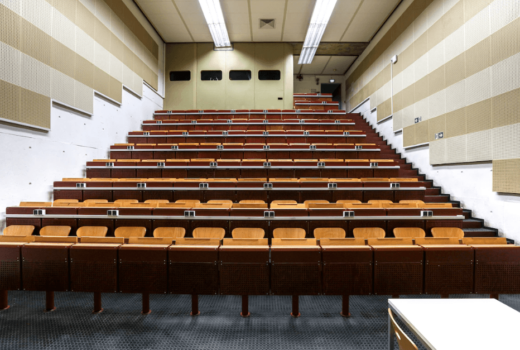Overcoming the apartheid with higher education

These days, news headlines about South Africa have one thing incommon. May it be about the tremendous noise created by vuvuzuelasor the scandalous performance of teams previously consideredodds-on favorites: It’s the World cup, stupid.
Nevertheless, it is much more noteworthy what has been going onin South Africa outside of its soccer arenas. Once an example ofexploitation and widespread poverty, South Africa has become whatis considered the most developed Sub Saharan nation. One maincontributor to this development is its striving to establish aknowledge sector by investing in education and research.
Outstanding South African universities
In 1993, shortly before the fall of the apartheid regime, thissector was highly dominated by its white population. As aconsequence scientists were separated in research laboratoriesaccording to their skin color and relatively few black studentswere attending universities. Back then, only 53 % of all 470.000students were black. While the number of students increased to780.000, also the share of black students grew to 76 % whichroughly represents the demographics of the population as awhole.
One may guess that such drastic changes might put significantpressure on the higher education sector, but was that really thecase? Did universities suffer in quality and output from thisdevelopment?
A research conducted by Thomson Reuters suggests that this isnot the case. According to the information company the number ofresearch papers published from South African scientists has morethan doubled from 3.300 research papers in 1989 to at least 6.600in 2008. Even more, a ranking of African universities establishedby the firm lists 13 universities from South Africa in the top 20,the best three universities being the University of Cape Town, theUniversity of Pretoria and the Stellenbosch University. ThomsonReuters states that these facts show that “the country is poised tobecome a key player in the global research community.”
The flipside of good rankings
While these rankings draw a very positive picture of thesituation in South Africa, one has to bear in mind that Africanuniversities still lack behind in overall quality compared to othercontinents. A National Benchmark Test conducted by the organization’Higher Education South Africa’ (HESA)
Taking these numbers into consideration, South Africa hasclearly made progress towards overcoming segregation especially inthe knowledge sector. Despite these changes, it has remained verycompetitive compared to other universities in Africa. Nevertheless,research from organizations such as HESA indicates that in order tocompete with universities outside its continent, South Africa stillhas to improve its educational system significantly. While rightnow a weakness, this feature shows up an opportunity to investfurther in education and thereby opening op the door for SouthAfrica to become a developed country that is running its economy oninnovation instead of the export of raw materials.
Meest Gelezen
Vrouwen houden universiteit draaiende, maar krijgen daarvoor geen waardering
Wederom intimidatie van journalisten door universiteit, nu in Delft
‘Burgerschapsonderwijs moet ook verplicht worden in hbo en wo’
Raad van State: laat taaltoets nog niet gelden voor hbo-opleidingen
Hbo-docent wil wel rolmodel zijn, maar niet eigen moreel kompas opdringen



